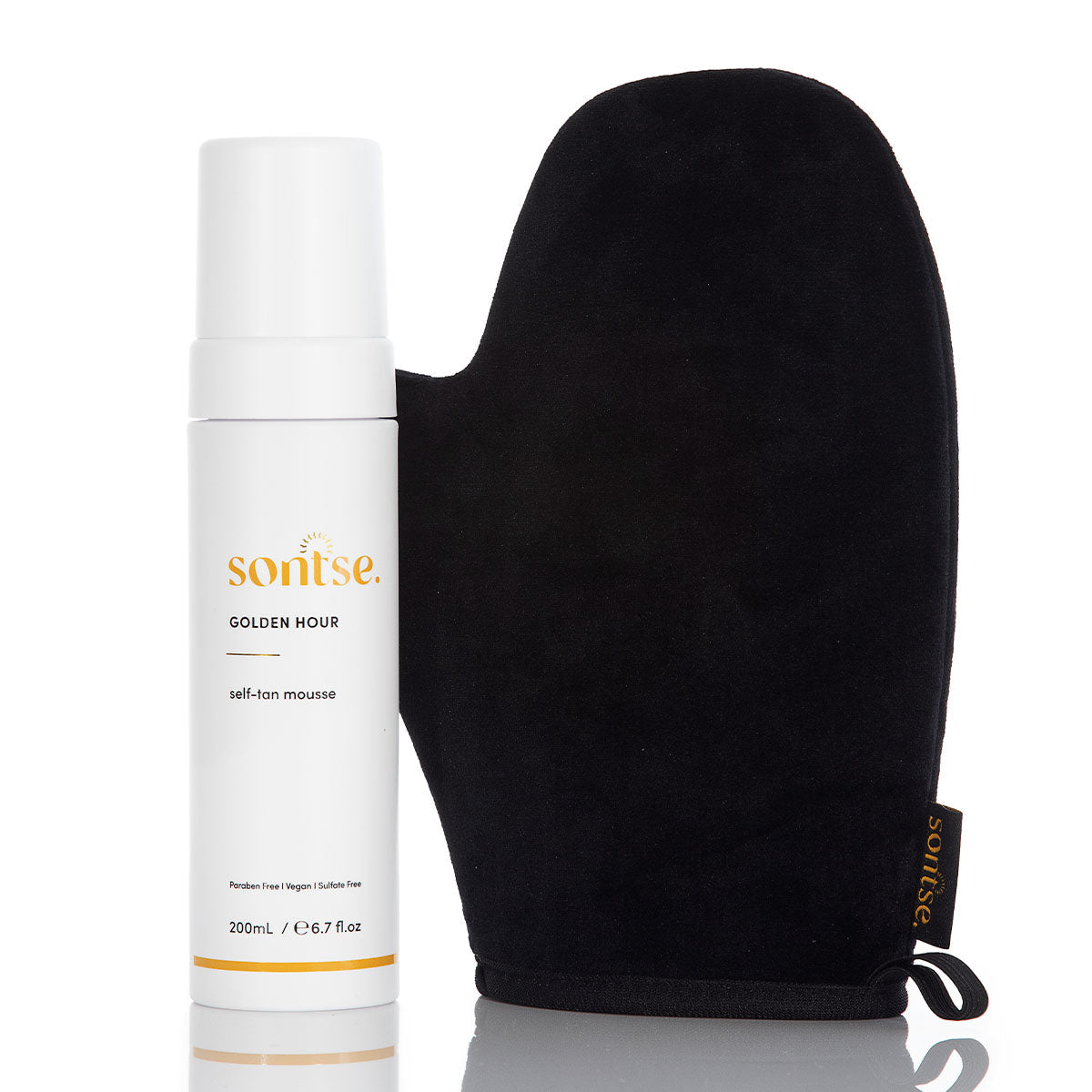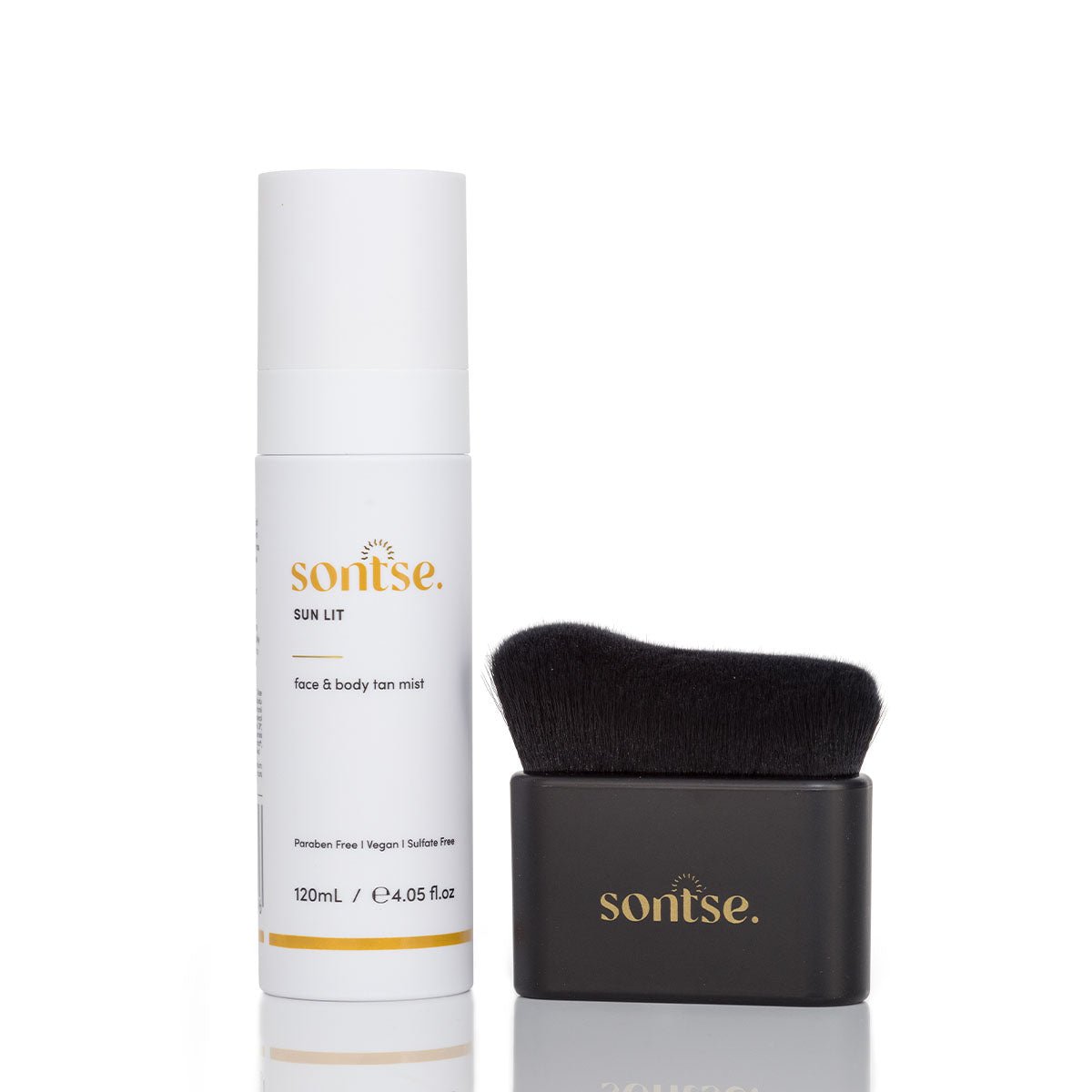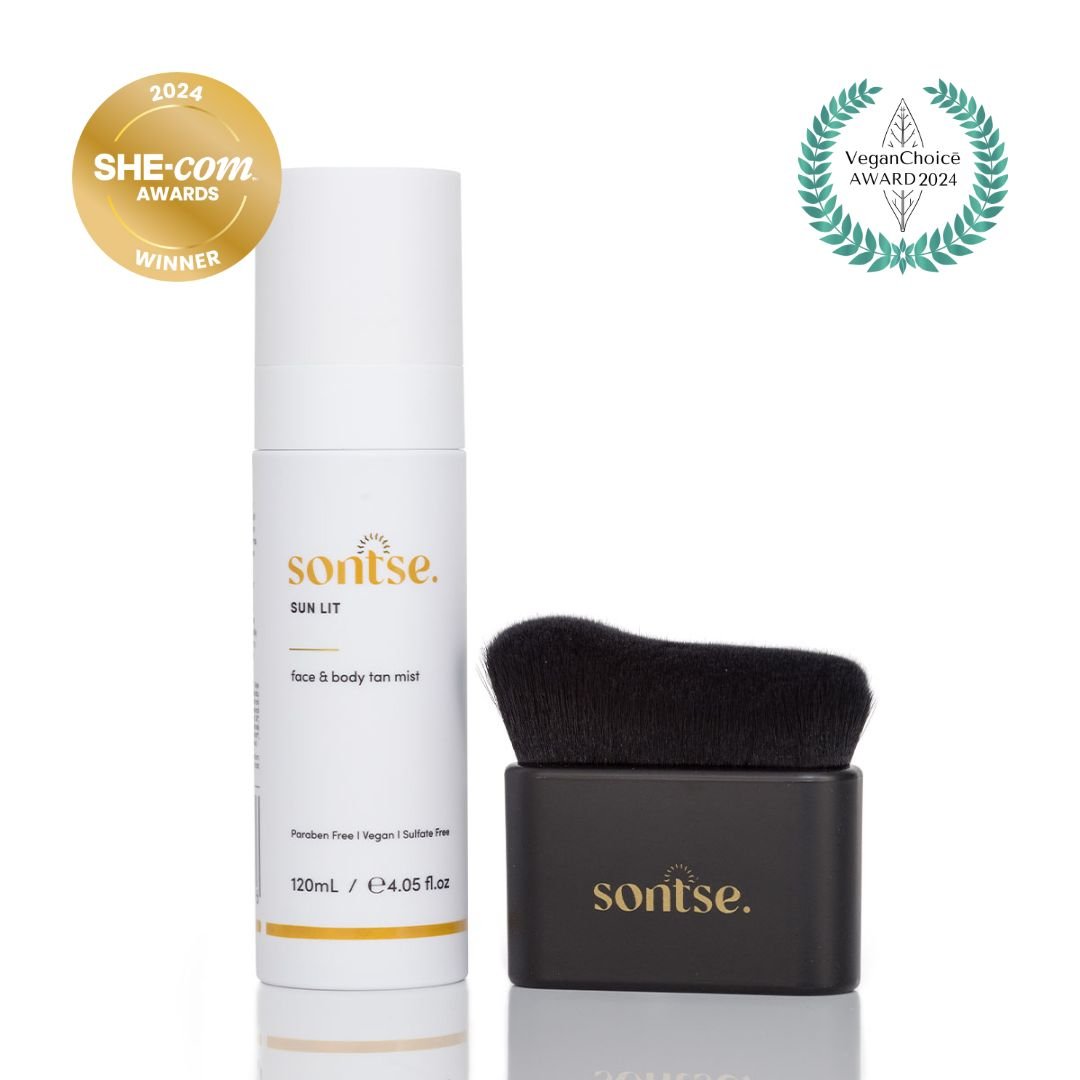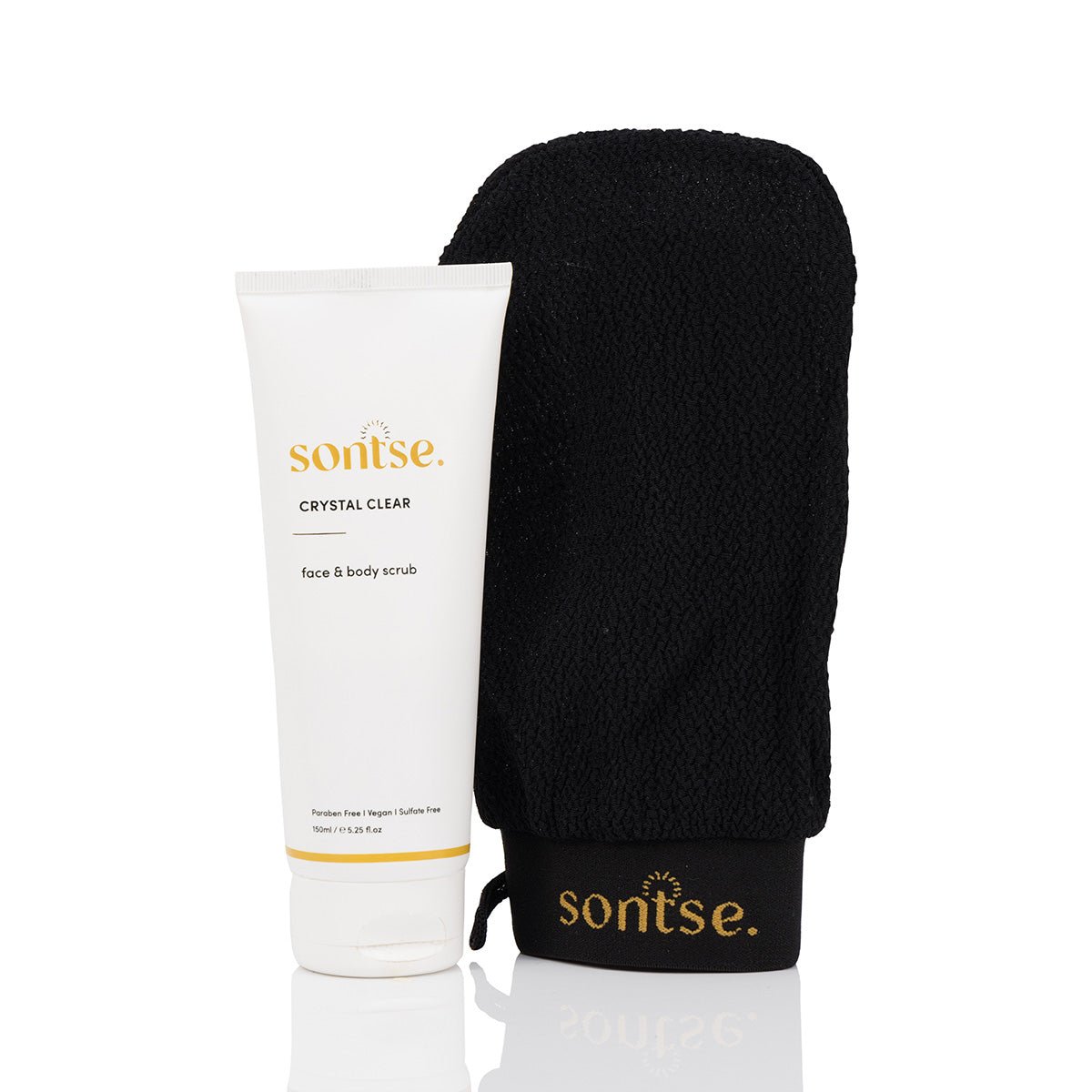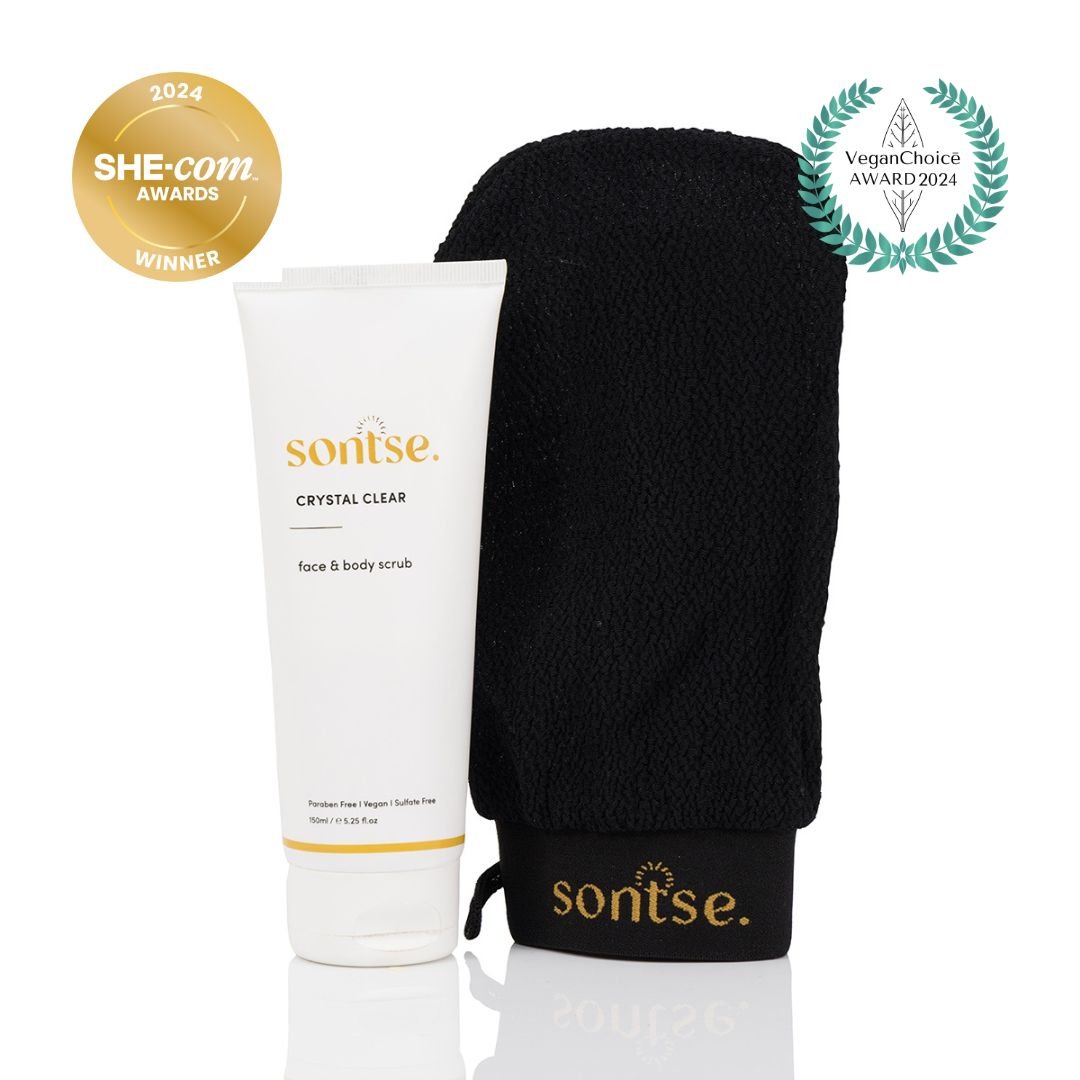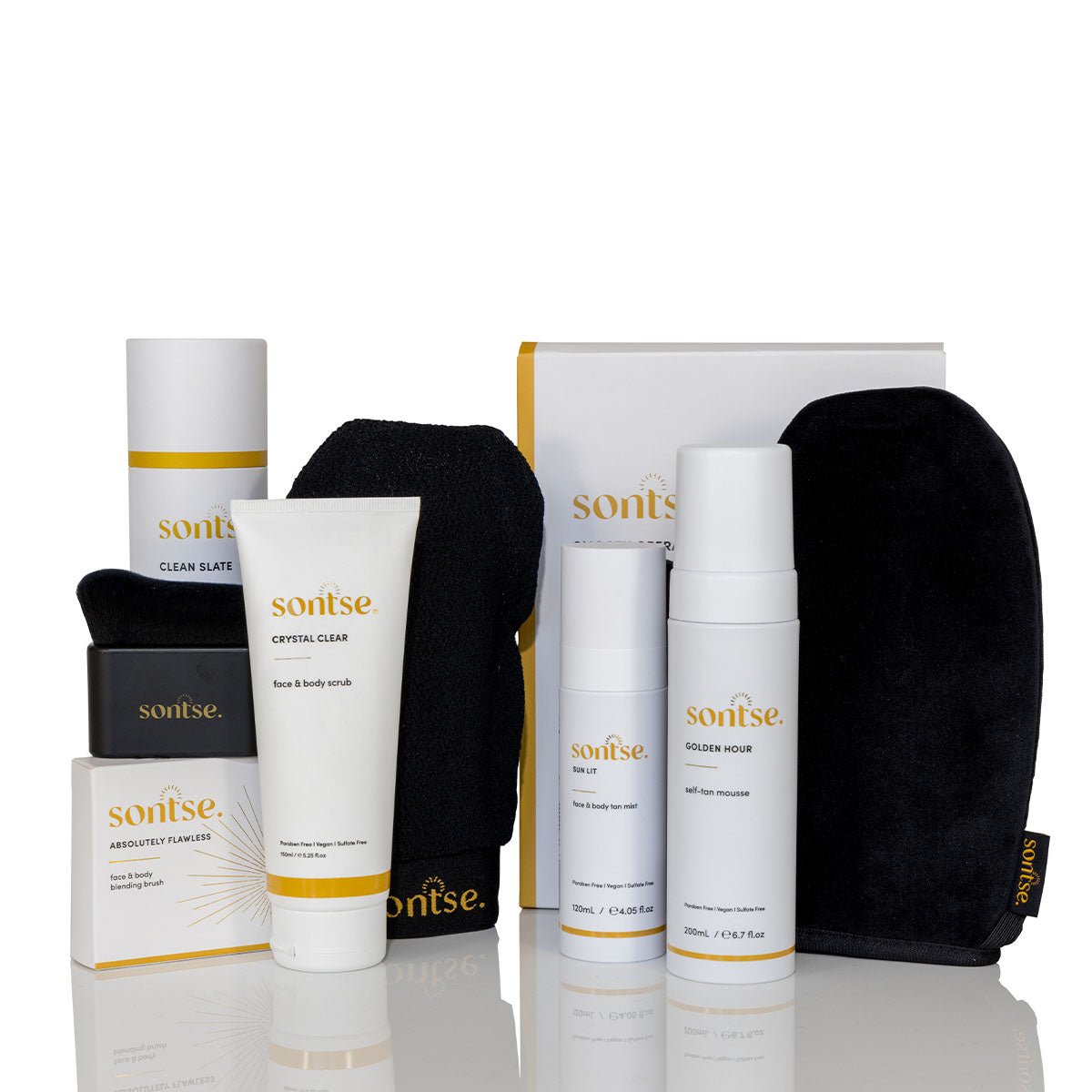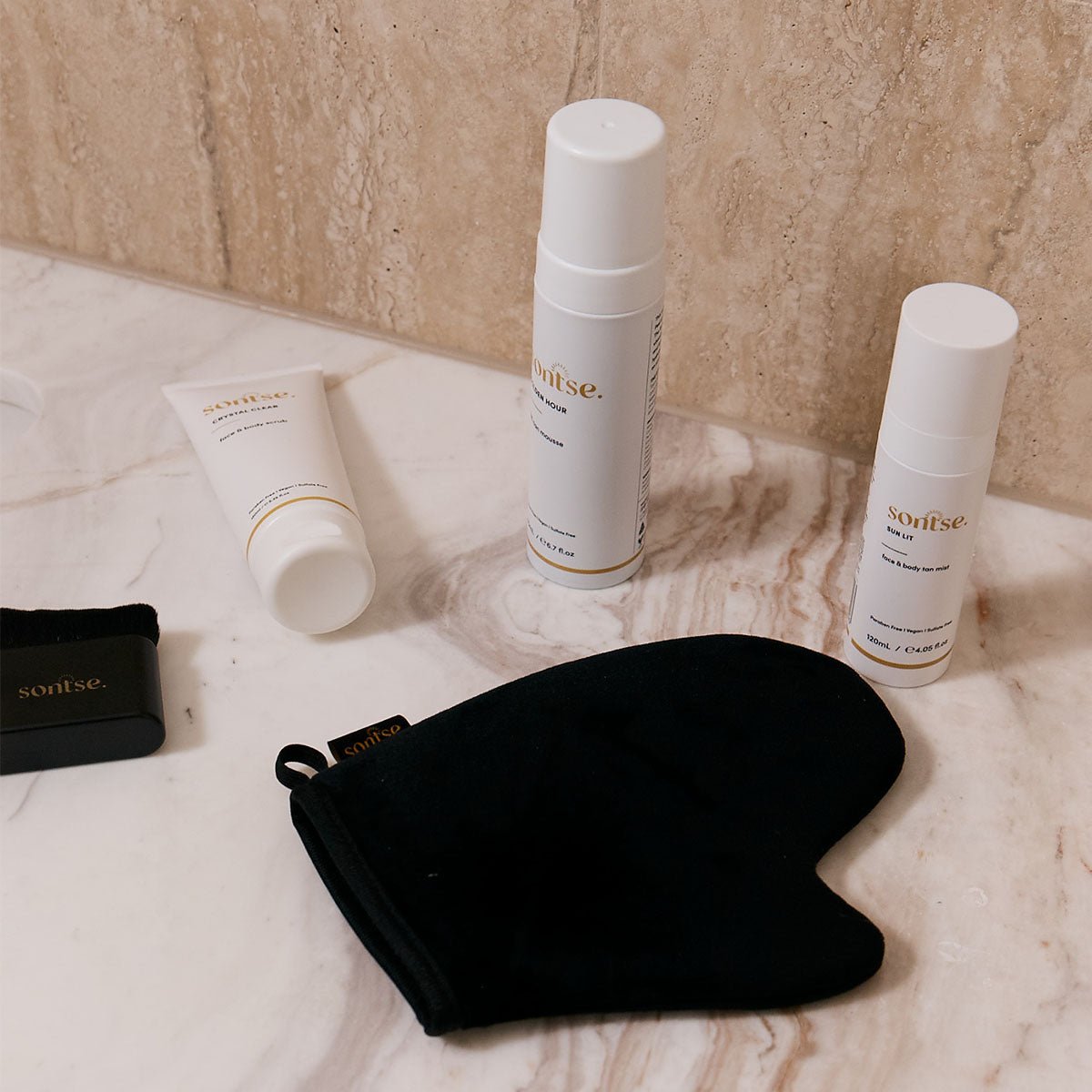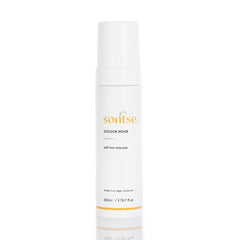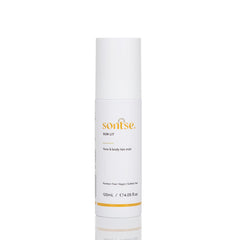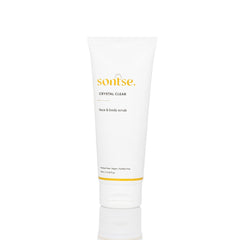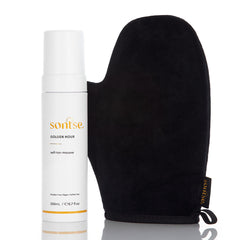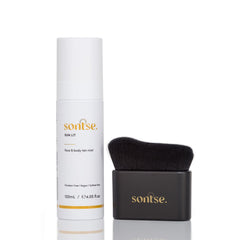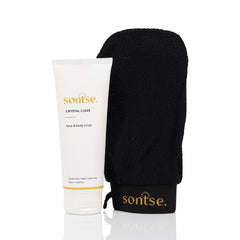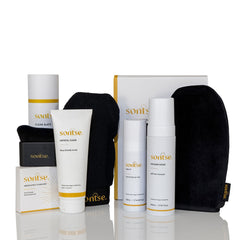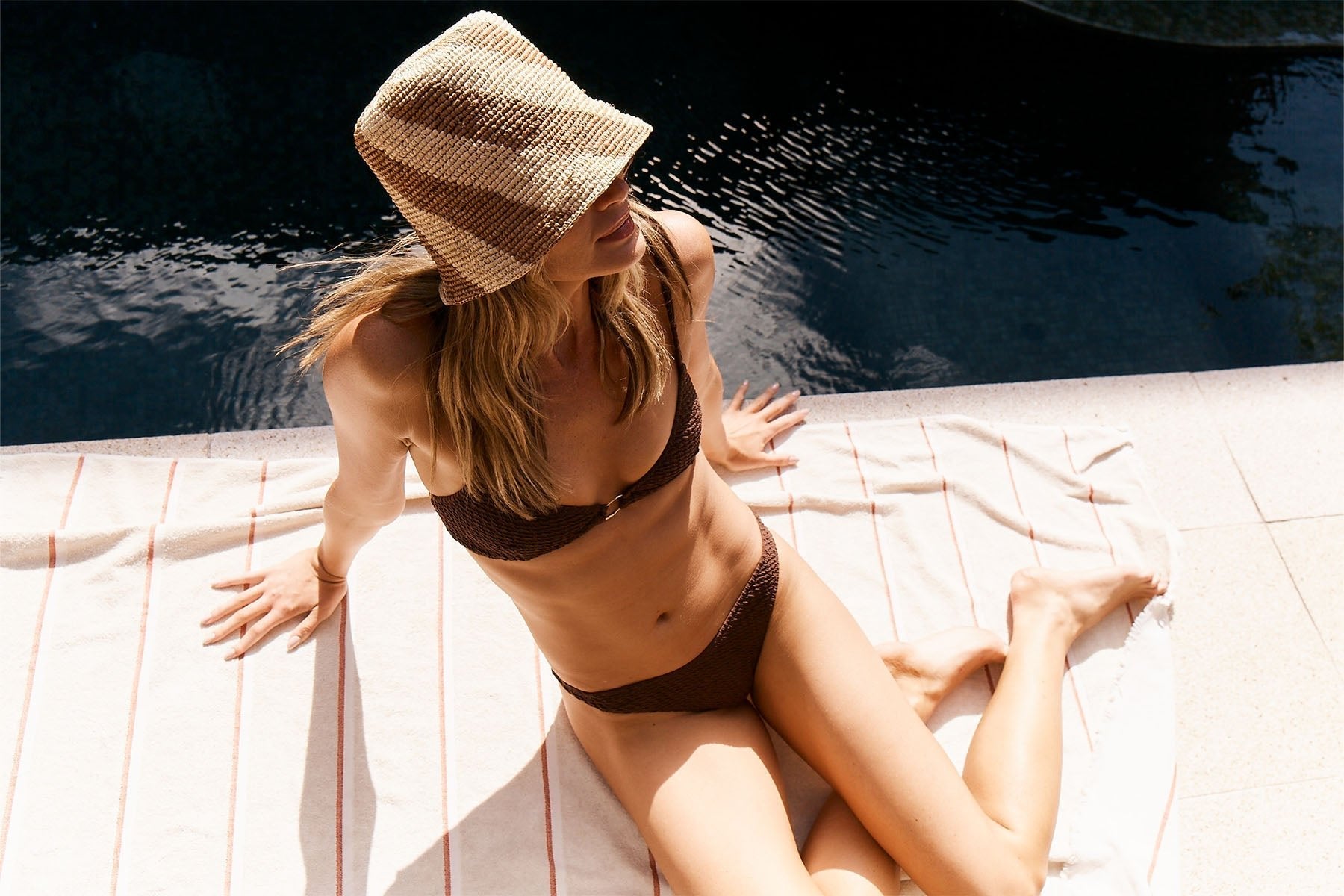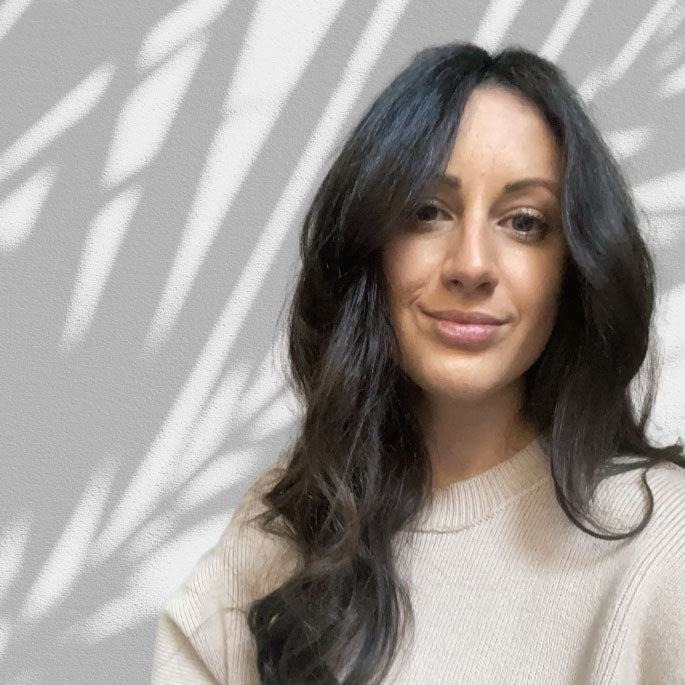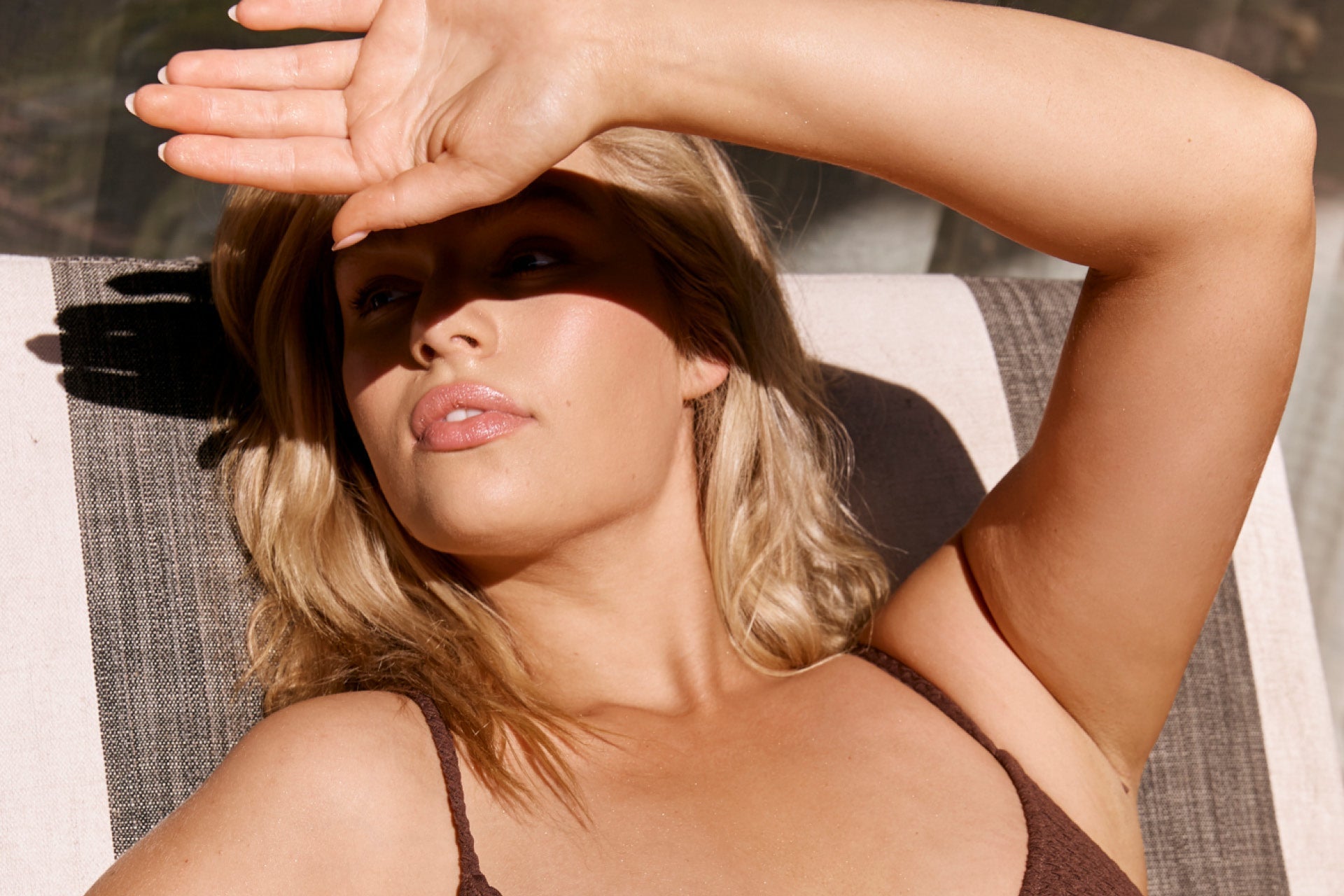Let’s be honest—who doesn’t love a sun-kissed glow without the hassle (or danger) of baking under the sun for hours? But the question on everyone’s mind is: Is self-tanning bad for you? We've all heard the rumours, but let’s cut through the confusion and get to the truth about fake tan once and for all.
When it comes to the safety of self-tanners, it’s normal to wonder what you’re putting on your skin. After all, we’re all about that healthy glow, but not at the cost of, well…our health! So, is self-tanner safety something to worry about, or is it just another beauty myth?
Grab your mitt (and maybe a coffee), because we’re diving into the world of faux glow and giving you the real deal on whether self-tanners are a safe way to achieve that golden goodness! And more bluntly, is self-tanning bad for you?
Is fake tan safe? First up, you need to understand how self-tanners work
A little something we’re passionate about over here is empowering women and mummas with beauty and wellness knowledge that allows them to make informed decisions about their beauty routine.
In a previous blog, How Does Fake Tan Work? The Science of Sunless Tanning, we cracked open the vault on how dihydroxyacetone (DHA) –the key ingredient in most self-tanners– works and how this makes self-tanning safe compared to other more traditional (and totally outdated) methods of tanning that rely on UV rays.
In a nutshell, when DHA is applied to your skin, it penetrates the outer layer, called the stratum corneum. There, it reacts with amino acids in your skin through a process known as the Maillard reaction. This creates melanoidins, which are pigmented compounds similar to melanin, the substance that naturally gives your skin its colour. That’s why your skin darkens after using self-tanner—it’s essentially a chemical reaction on the dead skin cells creating a tan-like effect!
So what does this mean? Is self-tanner safe? To answer this, below we dive into the safety of DHA and a whole lot of questions you may be asking about self-tanner safety.
Is DHA safe? Can DHA can cause side effects?
When doing the deep dive into self-tanning lotion safety, exploring whether DHA itself is safe is absolutely the starting point.
In an article by Consumer Reports, this very topic was discussed with two experts sharing their slightly differing opinions on the matter.
Chere Lucas Anthony, MD, a board-certified dermatologist highlights that,
"DHA has been shown to cause an increase in free radicals in the skin," (Murphy, 2022) and that "This can contribute to skin aging as the free radicals break down collagen and elastin in the skin, which leads to wrinkling and skin aging." (Murphy, 2022)
To which Michelle Wong, PhD, a cosmetic chemist clarified,
"The human studies so far have found that DHA mostly reacts in the top layers of the skin, which are dead. In skin aging, the concern is excessive free radicals forming deeper in the dermal layers of skin where collagen and elastin are." (Murphy, 2022)
So you can see the controversy, and why understanding how DHA is used topically is super important in debunking the fear around DHA safety.
Our advice? Determine the type of DHA your sunless tanner is using
Of course, where the DHA comes from is another factor to consider when assessing tanning lotion safety. At Sontse, we specifically ensured our DHA was naturally derived. Of course, cheaply made alternatives out there could be using synthetically made DHA… so always remember to ask the right questions when switching to a new sunless tanner. Your skin will love you for it.
And what about the C word? Does fake tan cause cancer?
All over the globe, prestigious institutes and research bodies are committing the time to research the effects of sunless tanner and answer the question ‘Is self-tanner bad for your skin?’.
According to Cancer Research UK (2023),
“Using fake tan and spray tans does not cause cancer. The UK has strict rules for the ingredients in cosmetics to make sure that they are not harmful to human health.”
The report goes on to advise that you should always buy from a reputable retailer and use the tan according to manufacturer instructions. They then went on to state,
“In 2020, experts at the Scientific Committee on Consumer Safety found that fake tan products containing DHA are not a health risk. They will continue to monitor the evidence.” (Cancer Research UK, 2023)
So is fake tan safe? What further precautions can you take to make sure you’re choosing only the best for your skin?
Our advice? Know the naughty and nice list when it comes to ingredients
When asking ‘Is fake tan bad for your skin?’ you have to get serious about reading that oh-so-tempting-to-just-glance-over ingredient list.
As a woman and mumma who was super intent on only formulating with the best, most effective natural ingredients, ensuring that the Sontse range boasted a clean list of ingredients was number one on Jayde’s list of priorities.
At Sontse, this meant only creating formulas that used “nice” ingredients for your skin. Typically natural, nourishing, scientifically proven and dermatologically tested ingredients that would still be suitable for those with sensitive skin.
It also meant saying a HUGE NO to parabens, sulfates, and harsh chemicals.
But the other super important factor? Ingredient quality. Now while we can’t safely assume that other brands are doing their due diligence to source high-quality ingredients, we can with confidence report that the Sontse range uses only the best. So much so, that our own founder uses the range on her own skin, regularly, with no fear.
Intrigued to know Jayde’s fave Sontse product to use when she’s prepping for a weekend of brunches, coffee catch-ups, family outings and social gatherings with loved ones?
Check out the fake tan that our founder adores!
Think she may be a little biased? Check out why our stamp of approval from the independent third-party regulating body, Safe Cosmetics Australia will totally crush this assumption.
So is sunless tanner safer than sun beds and sun exposure?
In an article by Skin Cancer Foundation, the writer interviewed Arielle Kauvar, MD, a New York, board-certified dermatologist to ask the big question… is sunless tanner really safer than the sun?
And her response:
“There is no such thing as a safe UV tan,” she says. “The reddening or browning of skin with sun exposure is a sign of skin damage.” (Venosa, 2019)
This is where a sunless tanner is much safer than sun beds or sun exposure as we explained earlier, the tan created is caused by a colouring ingredient called DHA which combines with the skin’s natural amino acids causing a colour change to the outer layers of dead skin.
So where do concerns around self tanner safety even arise?
Dr Kauver continues in the article, saying,
“The question of safety issues relates to spray-on tans because of the potential for inhaling the material.” (Venosa, 2019)
However, she also notes that, so far, there is no evidence of toxicity at the concentrations used today. However, as a precaution, she recommends shielding your eyes, nose, and mouth during spray tanning. (Venosa, 2019)
Is it safe to leave self-tanner products on overnight?
The good news is, it is totally safe to leave your self-tanner on overnight! Many products are designed to work their magic while you sleep, so you can wake up with that perfect glow.
Just make sure to choose a gentle, non-toxic formula to avoid any irritation. And, of course, maybe throw down a towel or wear darker PJs to protect your sheets!
At Sontse, our self-tanning mist is perfect for this kind of slower-developing tone that you can leave on overnight.
Our mousse however will go super dark if you do. So we’d recommend pop that on for about an hour then wash it off to stop the development process before it gets too dark. Once a self-tanner is washed, your glow will last days at the set tone, no need to scrub it off.
Is sunless tanner safe for your face and other sensitive skin areas?
Absolutely! Lots of self-tanners are made specifically for the face and delicate areas like your neck and décolletage (hello our Sun Lit Face and Body Tan Mist). Just make sure to pick a product labelled as "face-friendly" or non-comedogenic so it won’t clog your pores. And if you’re feeling cautious, do a little patch test first to keep things safe and smooth.
Are self-tanning creams safe for pregnant women?
Want more than just the pregnancy glow? The good news is, that most self-tanning creams are safe for expectant mums. As the active ingredient (DHA) only works on the top layer of your skin, it doesn’t go into your bloodstream. Just avoid spray tans in small spaces (better safe than sorry), and if you’re still unsure, chat with your doctor for extra reassurance.
Is tanning lotion safe if you’re breastfeeding?
Yes, you can keep that glow going while breastfeeding! Just be mindful when applying around your chest, so baby doesn’t come into contact with the lotion. Make sure the product is fully absorbed and your skin is dry before feeding time. Look for non-toxic, skin-safe formulas (check out our collection) for a little peace of mind, and enjoy your healthy glow!
Tips for tanning lotion safety. How to use self tanner correctly
Want to avoid any fake tan side effects and add sunless tanner to your daily skin-loving ritual? Be sure not to side-step these important self-tanning tips.
1. Remember to use SPF sunscreen with self-tanner
Whatever you do, don’t be tempted to fall into fake tan bad habits and think that just because your glow is perfectly applied, it somehow makes you immune to the sun.
Just as with any other skincare or beauty regime, applying your daily dose of SPF sunscreen is vitally important.
Want to know why? Read our interesting article Can You Tan With Fake Tan On.
2. Moisturise to avoid dry, patchy skin
While fake tan doesn’t damage your skin, proper prep is key to achieving a flawless, even glow. Dry, patchy skin can interfere with how the tan absorbs, leaving uneven results. To avoid this, it's essential to keep your skin moisturised, especially in areas prone to dryness like your elbows, knees, and ankles. Regularly applying a nourishing, hydrating lotion will ensure your skin is smooth and ready to hold onto that sun-kissed colour for longer—without the risk of streaks or patchiness.
3. Exfoliate to avoid build-up
Although self-tanners are designed to be applied to your skin and left on for days, we always recommend that once your tan starts to fade, it’s time to give your skin a good exfoliation with a gentle scrub and exfoliating mitt.
In doing so you not only remove the dead skin cells, sweat, dirt and grime, but also help eliminate any chance of blocked pores, giving it a fresh, clean slate before your next application.
So there you have it, a comprehensive resource dedicated to answering the question: ‘Does fake tan damage your skin?’. If you were previously plagued with fears of the unknown and questions around ‘Is fake tanning bad for you?’ we hope this guide has helped clear the confusion and give you the research you needed to make confident decisions for your beauty and skin health.
Now ready to get sunless tanning? Next, discover How to choose the best self tanning product for your skin.
Written By Liana Pantalone – Beauty & Skincare Copywriter at Climbing Vine Co.
References
Cancer Research UK. (2023, November 30). Tanning, fake tan and Melanotan. Cancer Research UK. Retrieved October 23, 2024, from https://www.cancerresearchuk.org/about-cancer/causes-of-cancer/sun-uv-and-cancer/fake-tan-and-melanotan-injections
Murphy, L. (2022, July 22). Is Self-Tanner Safe, and Should You Be Wearing It Overnight? Consumer Reports. Retrieved October 23, 2024, from https://www.consumerreports.org/health/is-self-tanner-safe-a3329623598/
Venosa, A. (2019, 08 11). Fake it to Make it: Sunless Tanning Explained. The Skin Cancer Foundation. Retrieved October 23, 2024, from https://www.skincancer.org/blog/sunless-tanning-explained/

